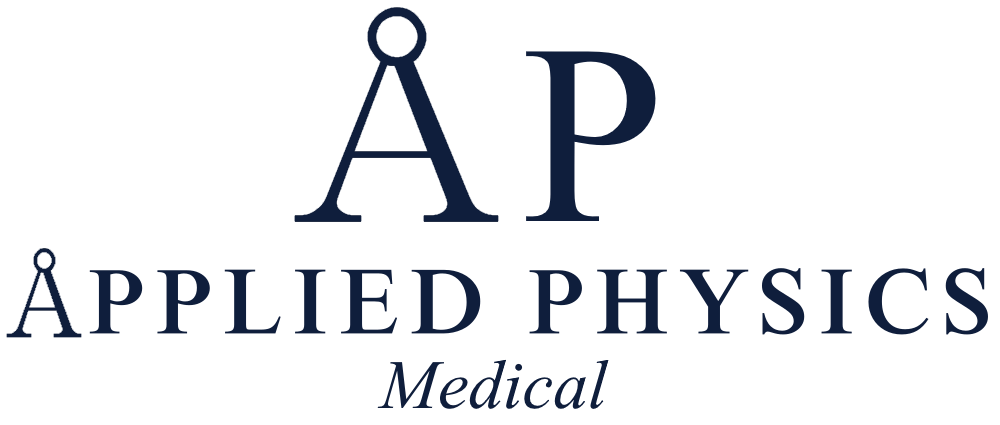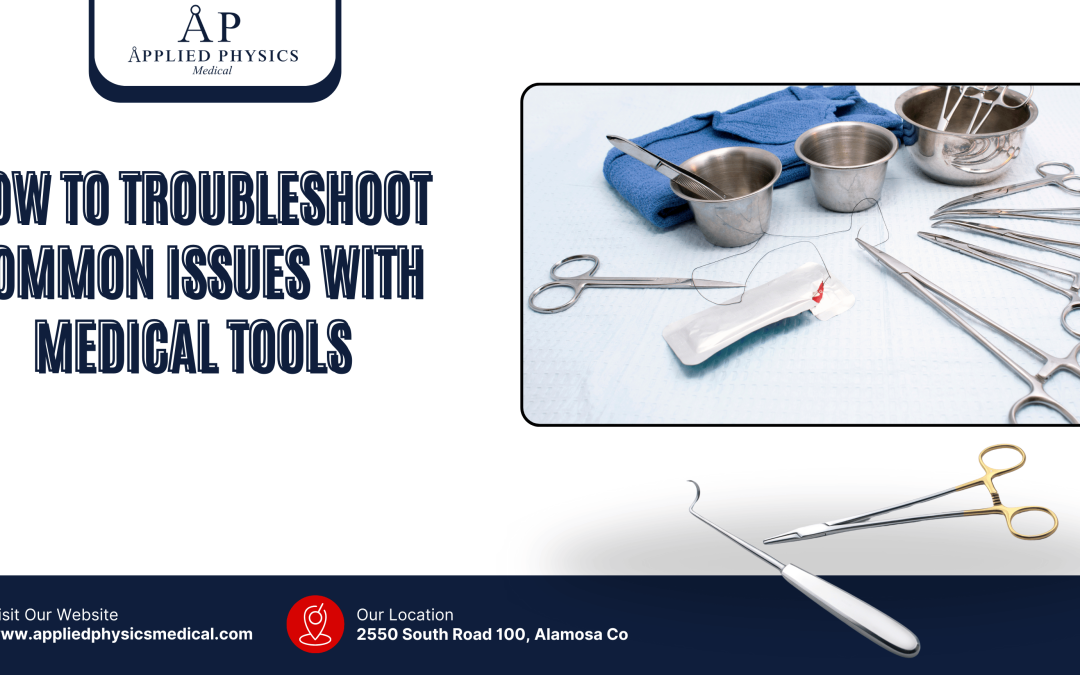Introduction
Medical tools are essential for healthcare professionals to diagnose, treat, and monitor patients. However, like any equipment, medical tools can experience common issues that may hinder their functionality. Some of the most common issues with medical tools include malfunctioning due to wear and tear, electrical problems, calibration issues, and contamination.
Understanding these common issues is crucial for healthcare professionals to effectively troubleshoot and maintain their medical tools. Malfunctioning due to wear and tear is a prevalent issue with medical tools, especially those that are frequently used in clinical settings. Over time, the constant use of tools such as stethoscopes, blood pressure cuffs, and otoscopes can lead to mechanical wear, affecting their accuracy and performance.
Electrical problems, such as faulty wiring or power supply issues, can also cause medical tools like electrocardiogram machines or ultrasound devices to malfunction. Calibration issues, where the tool’s measurements or readings are inaccurate, can pose a significant challenge for healthcare providers. Additionally, contamination of medical tools can occur if proper sterilization and cleaning protocols are not followed, leading to potential cross-contamination and infection risks for patients.
Key Takeaways
- Understanding the common issues with medical tools is essential for effective troubleshooting.
- Identifying and diagnosing problems with medical tools requires careful observation and knowledge of the tool’s functions.
- Steps to troubleshoot medical tool issues include checking for loose connections, testing the tool in different settings, and consulting the user manual.
- Maintenance and care for medical tools are crucial for preventing issues and ensuring their longevity.
- Seeking professional assistance for complex medical tool issues is important to avoid further damage and ensure proper repair.
Identifying and diagnosing problems with medical tools
Identifying and diagnosing problems with medical tools requires a systematic approach to pinpoint the root cause of the issue. Healthcare professionals must be vigilant in observing any irregularities in the performance of medical tools and be proactive in addressing potential problems. One of the first steps in identifying issues is to conduct regular inspections of the tools for any visible signs of damage, wear, or contamination.
Additionally, healthcare providers should pay close attention to any deviations in the tool’s readings or measurements compared to known standards. Diagnosing problems with medical tools often involves conducting diagnostic tests or comparisons with known working equipment to validate the accuracy of the tool in question. For instance, if a blood pressure monitor is suspected of providing inaccurate readings, it can be compared with another validated monitor to determine if there is a discrepancy.
Furthermore, healthcare professionals should also review the maintenance records and usage history of the medical tools to identify any patterns or trends that may contribute to the issues at hand.
Steps to troubleshoot medical tool issues
When faced with medical tool issues, healthcare professionals can follow a series of steps to troubleshoot and address the problems effectively. The first step is to thoroughly inspect the tool for any visible damage, loose connections, or signs of contamination. Next, it is essential to refer to the manufacturer’s guidelines and user manual to understand the recommended troubleshooting procedures specific to the tool in question.
If the issue persists, healthcare providers can attempt basic troubleshooting techniques such as power cycling the equipment, checking for proper calibration, or replacing disposable components like batteries or probes. In cases where the problem remains unresolved, it may be necessary to consult with biomedical engineering or technical support teams for further assistance. Documenting the troubleshooting steps taken and any observed outcomes is crucial for maintaining a comprehensive record of the tool’s performance and any recurring issues.
Maintenance and care for medical tools to prevent issues
| Tool | Maintenance Procedure | Frequency |
|---|---|---|
| Scalpel | Clean with alcohol and store in a sterile container | After each use |
| Stethoscope | Wipe with disinfectant wipes | Before and after each patient |
| Surgical scissors | Sharpen blades and sterilize | Weekly |
| Forceps | Autoclave for sterilization | After each use |
Preventive maintenance and proper care are essential for ensuring the longevity and optimal performance of medical tools. Regular cleaning, disinfection, and sterilization of tools are critical in preventing contamination and maintaining a safe clinical environment. Healthcare providers should adhere to established protocols for cleaning and sterilizing different types of medical tools based on their intended use and material composition.
Furthermore, routine calibration and performance checks should be conducted according to the manufacturer’s recommendations to ensure that the tools provide accurate and reliable measurements. Proper storage of medical tools in designated areas with controlled environmental conditions can also help prevent damage from exposure to extreme temperatures or humidity. Implementing a comprehensive maintenance schedule and tracking system for medical tools can aid in identifying potential issues early on and addressing them proactively.
Common troubleshooting techniques for medical tools
Several common troubleshooting techniques can be employed to address issues with medical tools effectively. Power cycling the equipment by turning it off and on can help reset any internal systems or software glitches that may be causing malfunctions. Checking for loose connections, frayed cables, or damaged components is crucial in identifying potential sources of electrical or mechanical issues.
Calibration checks using known reference standards or calibration devices can help verify the accuracy of measurements provided by medical tools such as thermometers, blood pressure monitors, or pulse oximeters. Additionally, replacing worn-out components such as batteries, probes, or sensor pads can often resolve performance issues with medical tools. Regularly updating the firmware or software of digital medical devices can also address software-related bugs or compatibility issues that may affect their functionality.
Seeking professional assistance for complex medical tool issues
In cases where medical tool issues are complex or require specialized expertise, seeking professional assistance from biomedical engineers, technical support teams, or equipment manufacturers is essential. These professionals possess the knowledge and skills to diagnose and repair intricate problems with medical tools that may be beyond the scope of general troubleshooting. Biomedical engineers are trained to assess and maintain a wide range of medical equipment, making them valuable resources for addressing complex technical issues.
Technical support teams provided by equipment manufacturers can offer guidance on troubleshooting specific models of medical tools and may provide remote assistance or onsite repairs when necessary. Collaborating with these experts can expedite the resolution of complex issues and ensure that medical tools are restored to optimal working conditions.
Tips for ensuring the proper functioning of medical tools
To ensure the proper functioning of medical tools, healthcare professionals should prioritize regular training and education on the proper use and maintenance of the equipment. Familiarizing oneself with the user manuals, guidelines, and best practices recommended by manufacturers can help mitigate potential issues and maximize the lifespan of medical tools. Implementing a robust quality assurance program within healthcare facilities can help monitor the performance of medical tools through routine inspections, performance checks, and user feedback.
Encouraging open communication among staff members regarding any observed issues or concerns with medical tools can facilitate early intervention and resolution of problems. Furthermore, investing in high-quality medical tools from reputable manufacturers and suppliers can contribute to minimizing potential issues related to durability, accuracy, and reliability. Adhering to established protocols for cleaning, disinfection, and sterilization is crucial in preventing contamination-related issues and ensuring patient safety.
Conclusion
Understanding common issues with medical tools, identifying problems through systematic diagnosis, following structured troubleshooting steps, prioritizing maintenance and care, employing common troubleshooting techniques, seeking professional assistance when necessary, and implementing tips for ensuring proper functioning are essential components of effectively managing medical tools issues within healthcare settings. By integrating these practices into daily clinical operations, healthcare professionals can uphold the reliability and performance of medical tools while delivering high-quality patient care.


